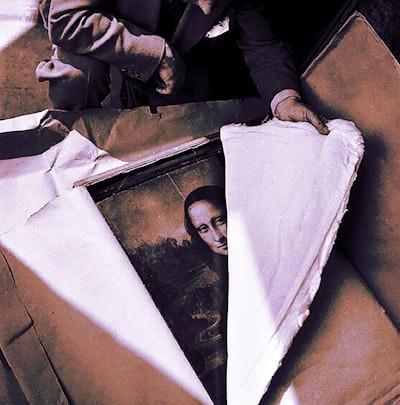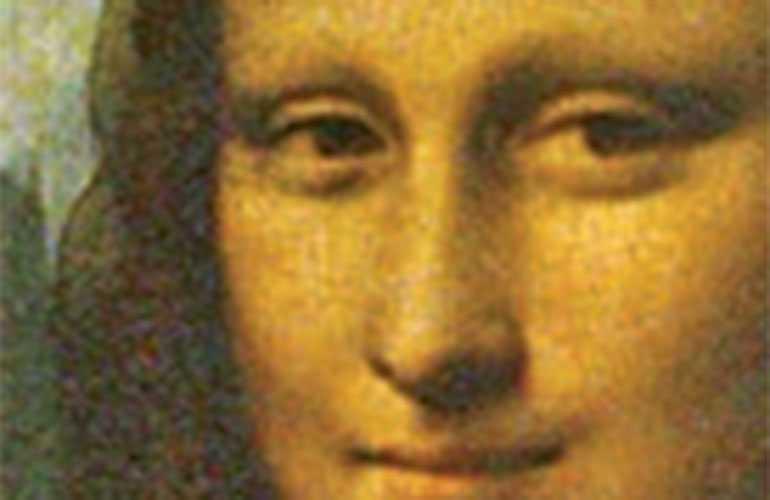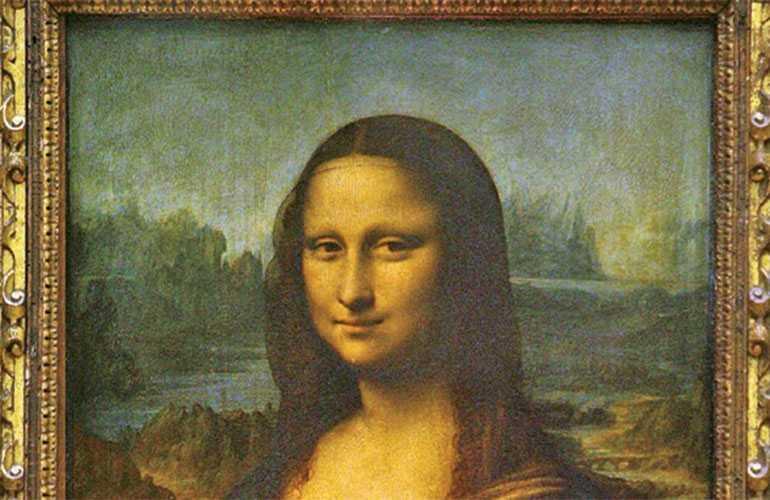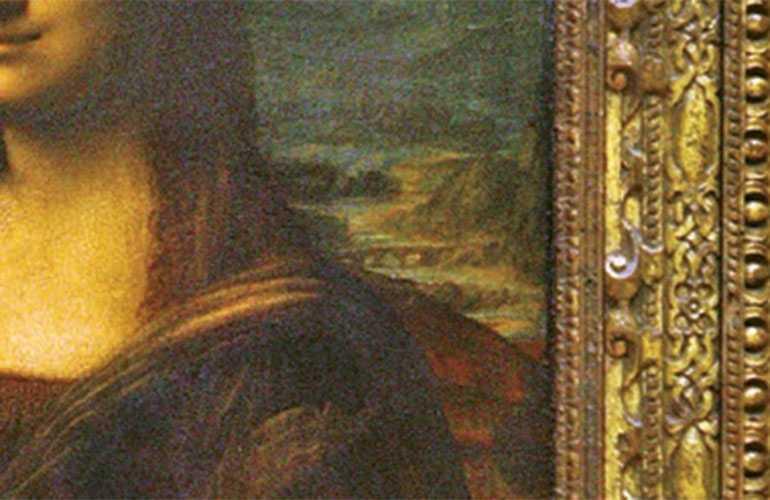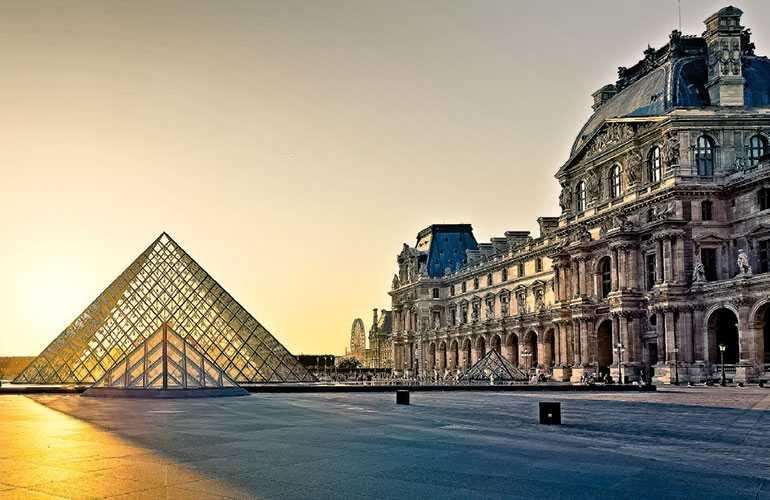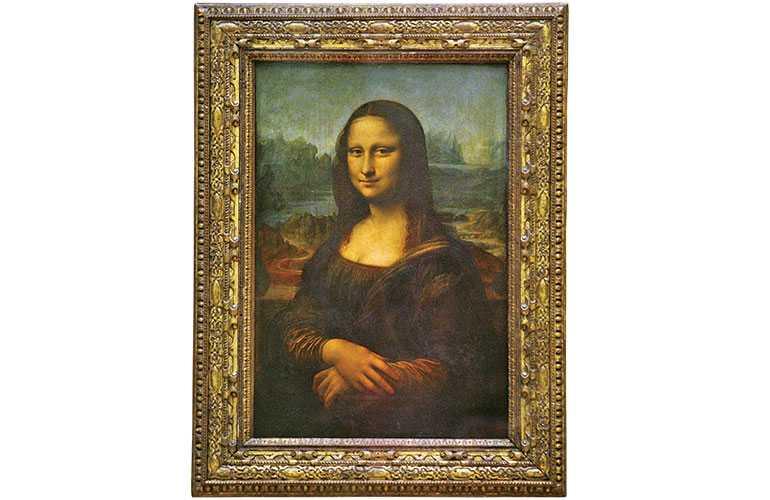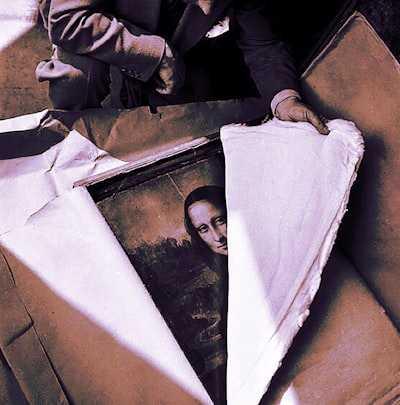Learn more about history with this collection
The historical significance of urban centers
The impact of cultural and technological advances
The role of urban centers in shaping society
Who was Mona Lisa?
Over the past century, it has been proposed that Mona Lisa was a noblewoman – Isabella d’Este, Marquise of Mantua, or Costanza d’Avalos, Duchess of Francavilla.
Others have stared at that unsettling visage and seen the face of a man – Leonardo da Vinci himself, or the man who was for 20 years his assistant (and perhaps his lover), Gian Giacomo Caprotti.
There is even a theory that the picture may have started out as a portrait from life but, over the years that Leonardo worked on it, evolved into an abstract vision of the feminine ideal.
59
1.06K reads
The hidden initials
In 2010, Silvano Vinceti, chairman of Italy’s National Committee for Cultural Heritage, claimed to have discerned letters minutely painted on Mona Lisa’s eyes: L and V (Leonardo da Vinci’s initials) in the right eye, and perhaps C, E or B in the left.
The Louvre responded that Vinceti’s letters were simply microscopic cracks in the paint.
54
379 reads
The broken backdrop
The distant, dreamlike vista behind Mona Lisa’s head seems to be higher on the right-hand side than on the left. It is hard to see how the landscape would join up.
This is subliminally unsettling: Mona Lisa appears taller, more erect, when one’s gaze drifts to the left than when it is on the right.
53
352 reads
The bewitching smile
In 2000, scientists at Harvard University suggested a neurological explanation for Mona Lisa’s elusive smile.
When a viewer looks at her eyes, the mouth is in peripheral vision, which sees in black and white. This accentuates the shadows at the corners of her mouth, making the smile seem broader.
But the smile diminishes when you look straight at it. It is the variability of her smile, the fact that it changes when you look away from it, that makes her seem so alive, so mysterious.
55
285 reads
The unknown bridge
The Mona Lisa’s background landscape seems unreal, but the bridge might be one that Leonardo knew.
It is usually said to be Ponte Buriano in Tuscany, but in 2011, a researcher claimed it depicts the Bobbio Bridge over the Trebbia, which was washed away in a flood in 1472.
53
280 reads
Da Vinci’s obsession
Leonardo da Vinci worked on the painting for four years, and possibly at intervals after that. He always took it with him when he travelled, and he never signed or dated it.
The picture went with him when, towards the end of his life, he moved to France.
At that time, it was not seen as particularly interesting, but in the middle of the 19th century Leonardo’s stock as an artist slowly rose.
He came to be seen as the equal of the two acknowledged Renaissance greats, Michelangelo and Raphael.
53
261 reads
Was Mona Lisa unwell?
An Italian doctor looked at the swelling around her eyes and diagnosed excess cholesterol in her diet. Other conditions include facial paralysis, deafness, even syphilis.
It has been suggested that look of contentment on her face indicates she is pregnant.
Dentists have also posited bruxism, compulsive grinding of the teeth; or line of her top lip suggests that her front teeth are missing – which, along with the faintest hint of a scar on her lip, raises the possibility that she was victim of domestic violence.
Jungians have seen her as the female archetype that resides in each one of us.
55
257 reads
What are views on painting?
These days, most experts agree that the Mona Lisa is a portrait of Lisa Gherardini del Giocondo, wife of a Florentine silk merchant named Francesco del Giocondo (hence the name by which she is known in Italy and France, La Gioconda, or La Joconde).
When she sat for Leonardo da Vinci, in around 1503, she was about 24 years old.
Her contrapposto pose – with the body angled away from the viewer, head turned forward – was widely admired and copied by Leonardo’s contemporaries.
And his sfumato technique, where sharp edges are blurred to create an uncannily lifelike effect.
53
225 reads
CURATED BY
More like this
9 ideas
Four ways in which Leonardo da Vinci was ahead of his time
theconversation.com
6 ideas
What Made Leonardo da Vinci a Genius?
nationalgeographic.com
3 ideas
Leonardo da Vinci the inventor
theconversation.com
Read & Learn
20x Faster
without
deepstash
with
deepstash
with
deepstash
Access to 200,000+ ideas
—
Access to the mobile app
—
Unlimited idea saving & library
—
—
Unlimited history
—
—
Unlimited listening to ideas
—
—
Downloading & offline access
—
—
Personalized recommendations
—
—
Supercharge your mind with one idea per day
Enter your email and spend 1 minute every day to learn something new.
I agree to receive email updates
